Loops in Bash
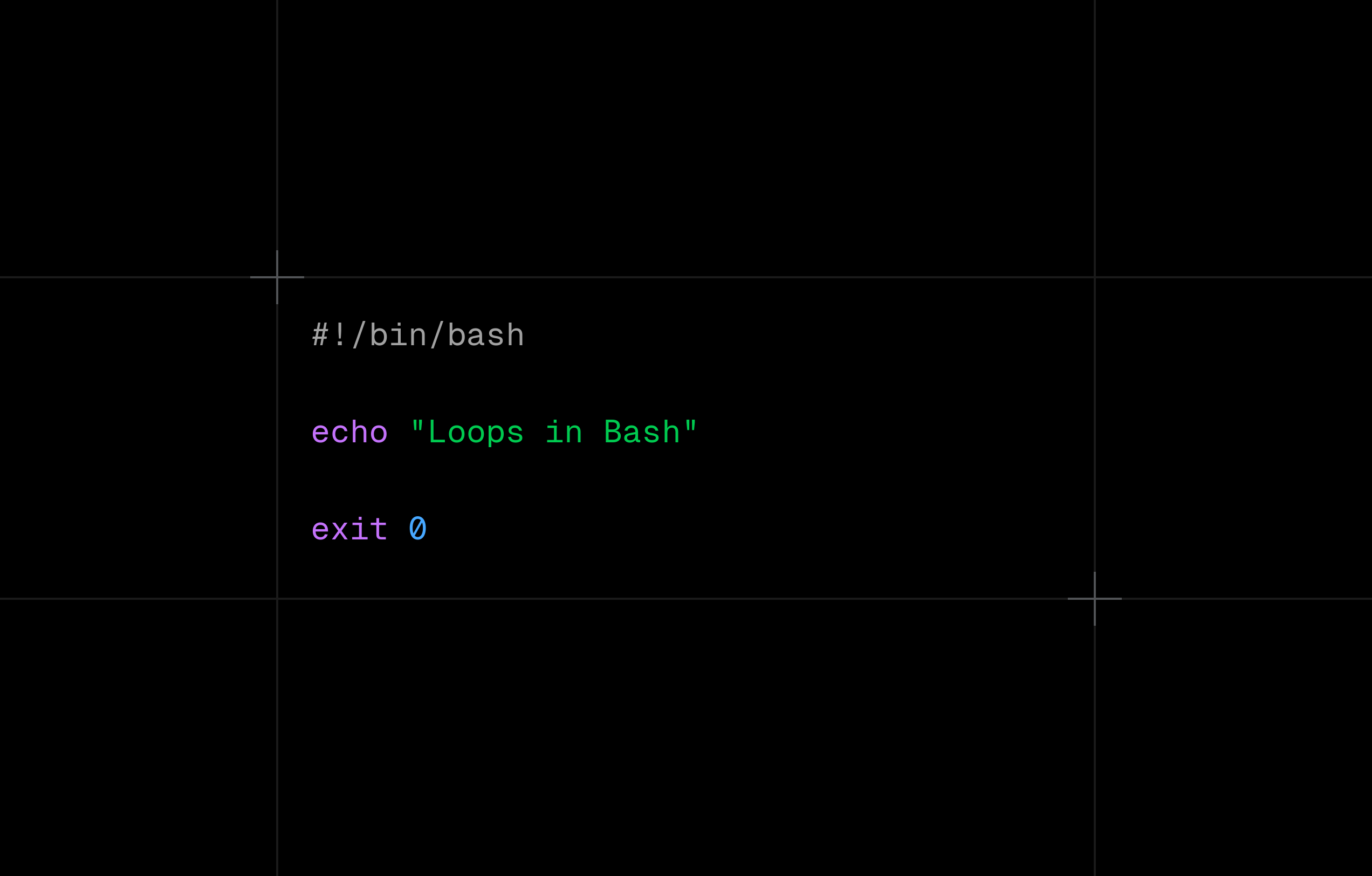
My last article about Bash was about if statements. If you don't get acquainted with it yet, I encourage you to do it. In this article I would like to tell you more about loops - next powerful tools, without which you can't write complex Bash scripts, so let's get started!
Basic loops and their syntax
For
Probably the easiest to understand and favorite loop of all students 😂. For loop is mostly used to iterate over elements of list / array and to performing certain operations on these elements. Below you can find some examples.
Basic for loop syntax
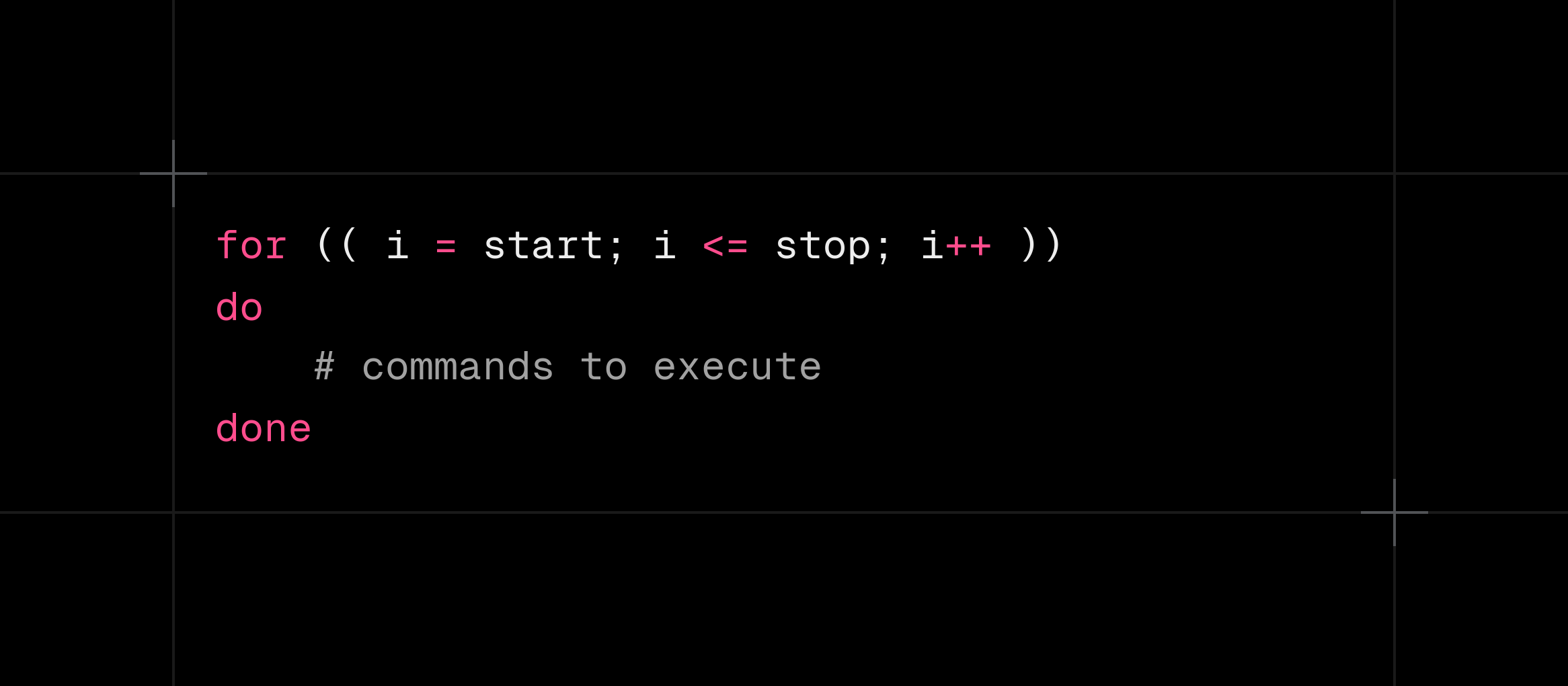
For loops, which prints number from 1 to 5
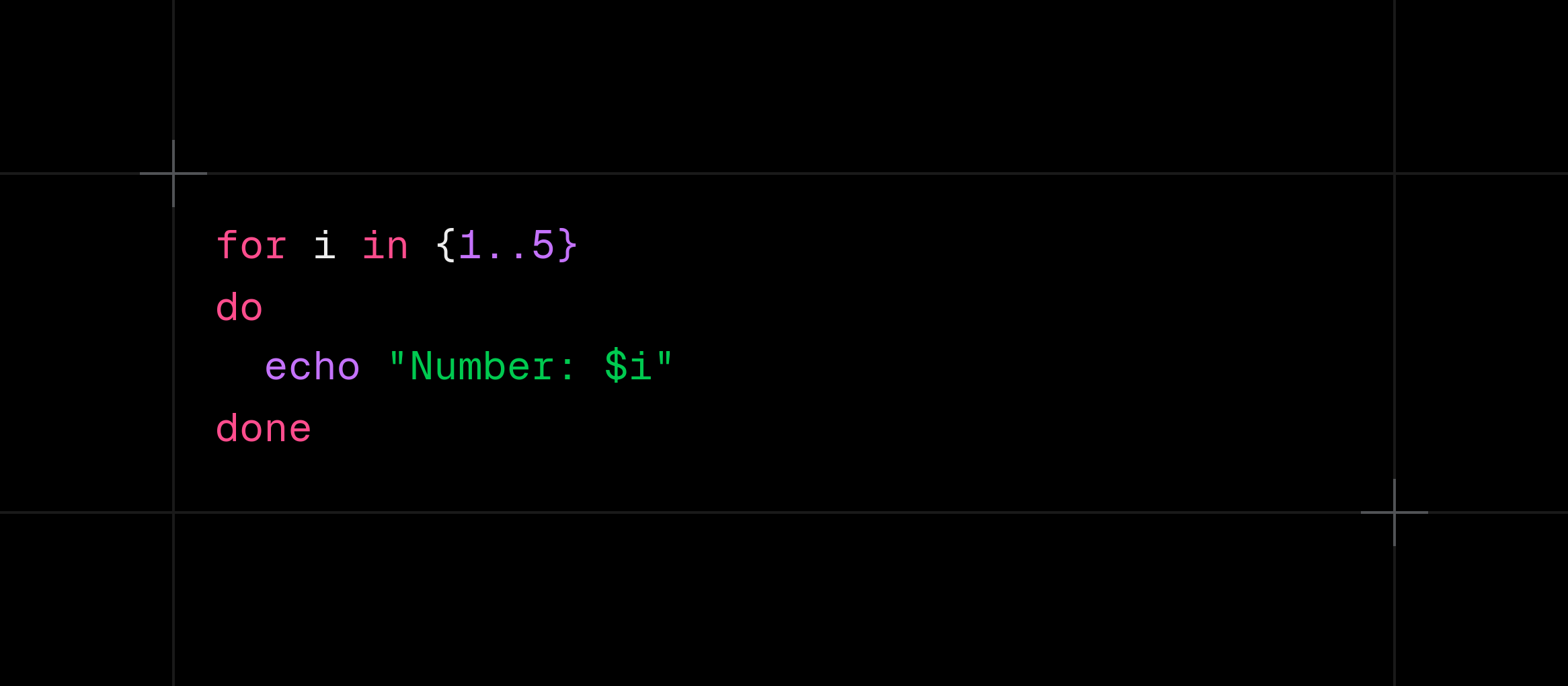
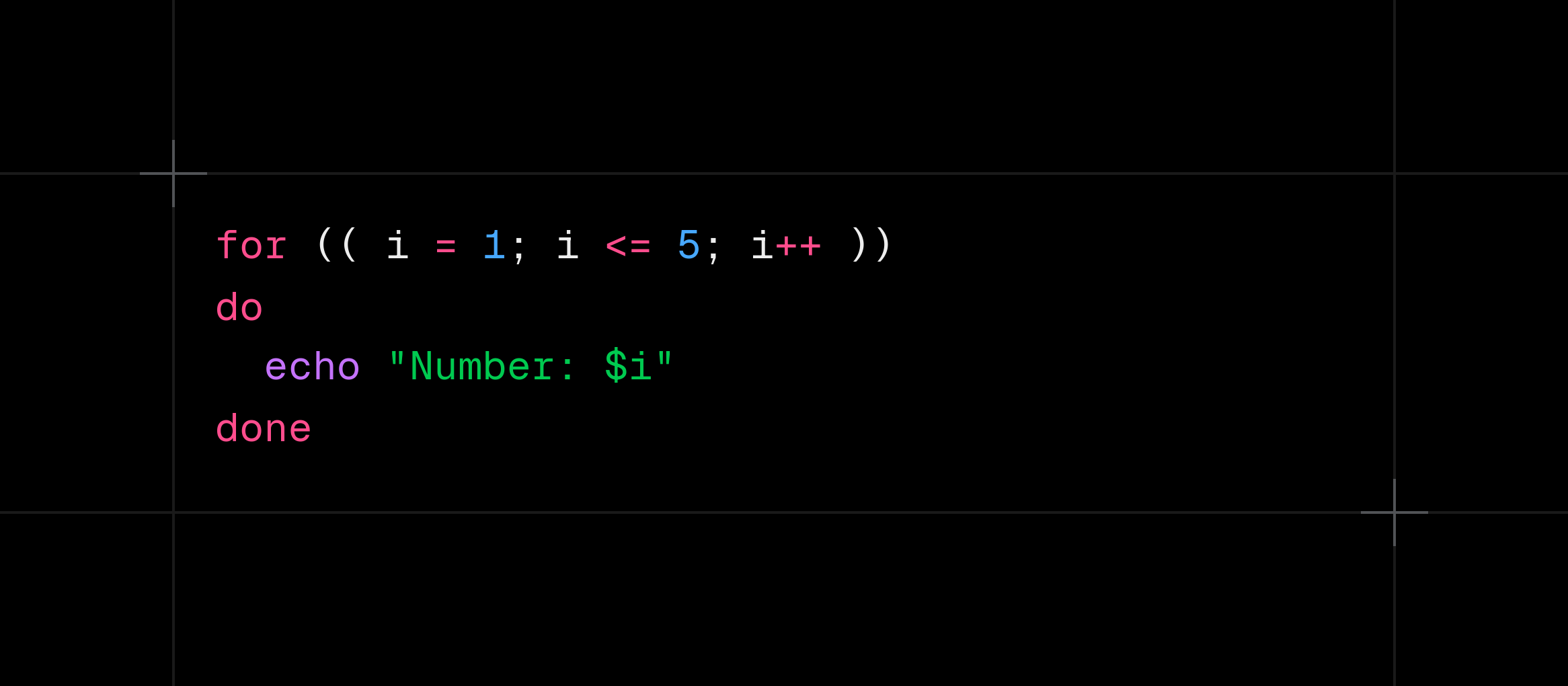
For loop, which prints all fruits from fruit list

For loop, which prints all files in home directory, whose names starts with "x"
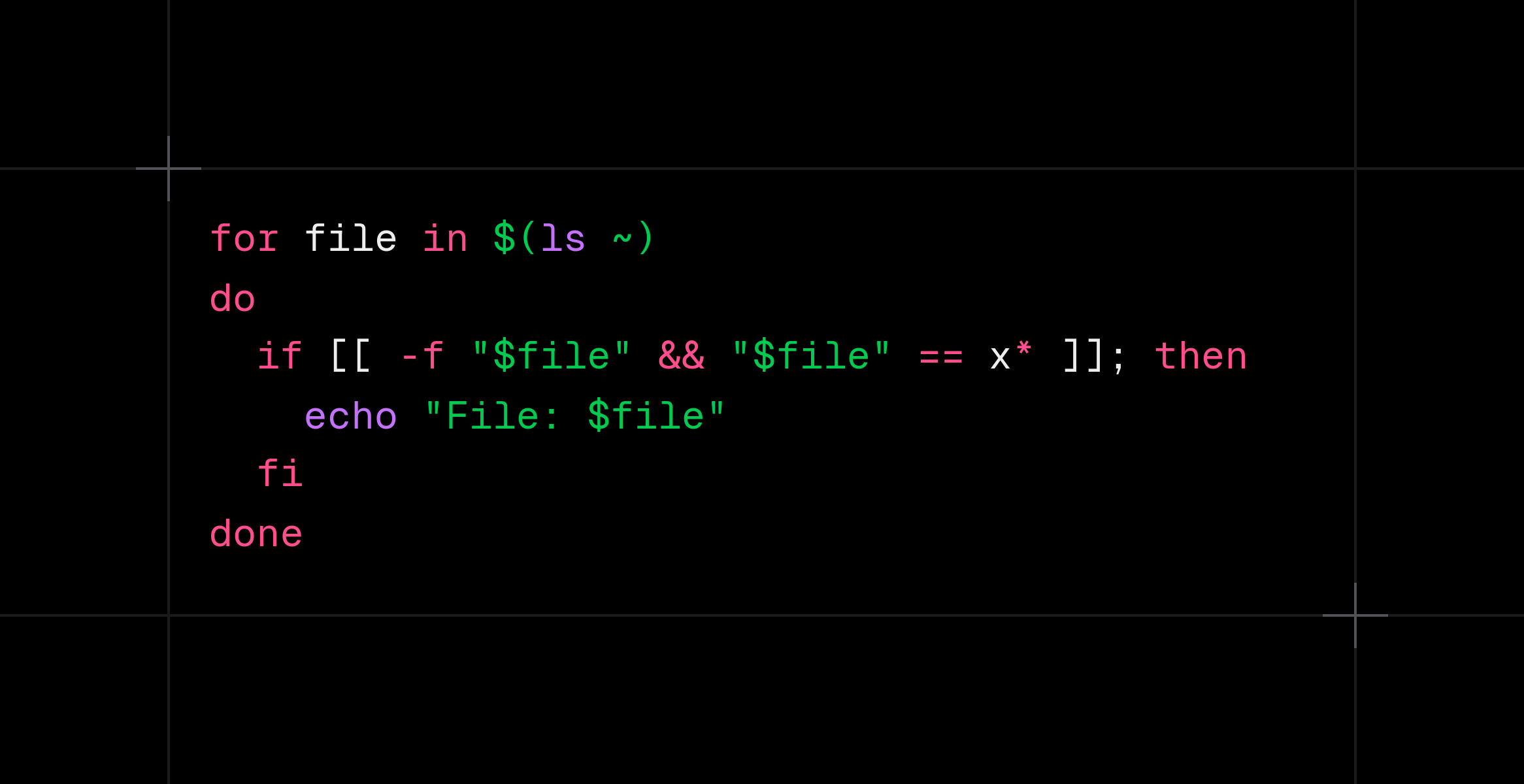
While
This loop performs certain operations contained in it as long as condition is true. The while loop finds its greatest use in cases like waiting for a status, checking a service, or performing an action until a condition is met.
Basic while loop syntax
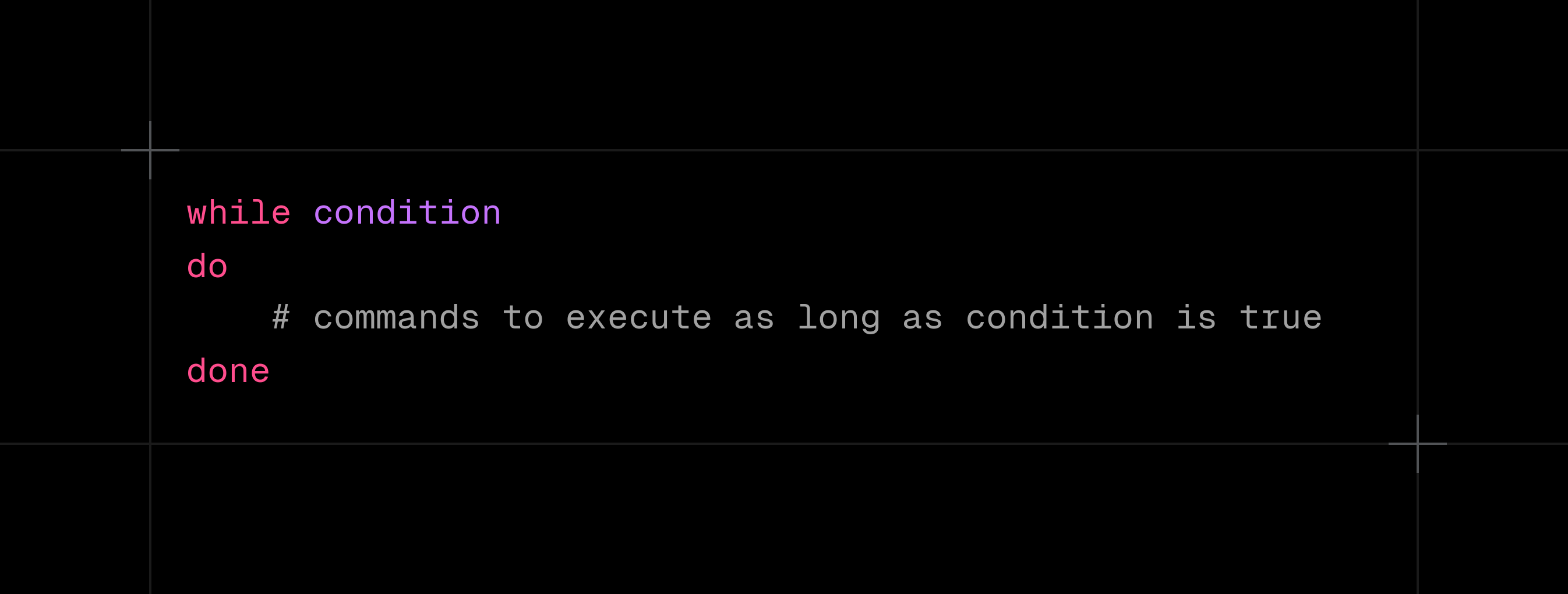
While loop, which prints numbers from 1 to 5

It is possible but... for loop is better in this case! Just take a look on amount of code to perform that operation with for loop and then with while loop!
While loop, which checks status and ends when status is ready
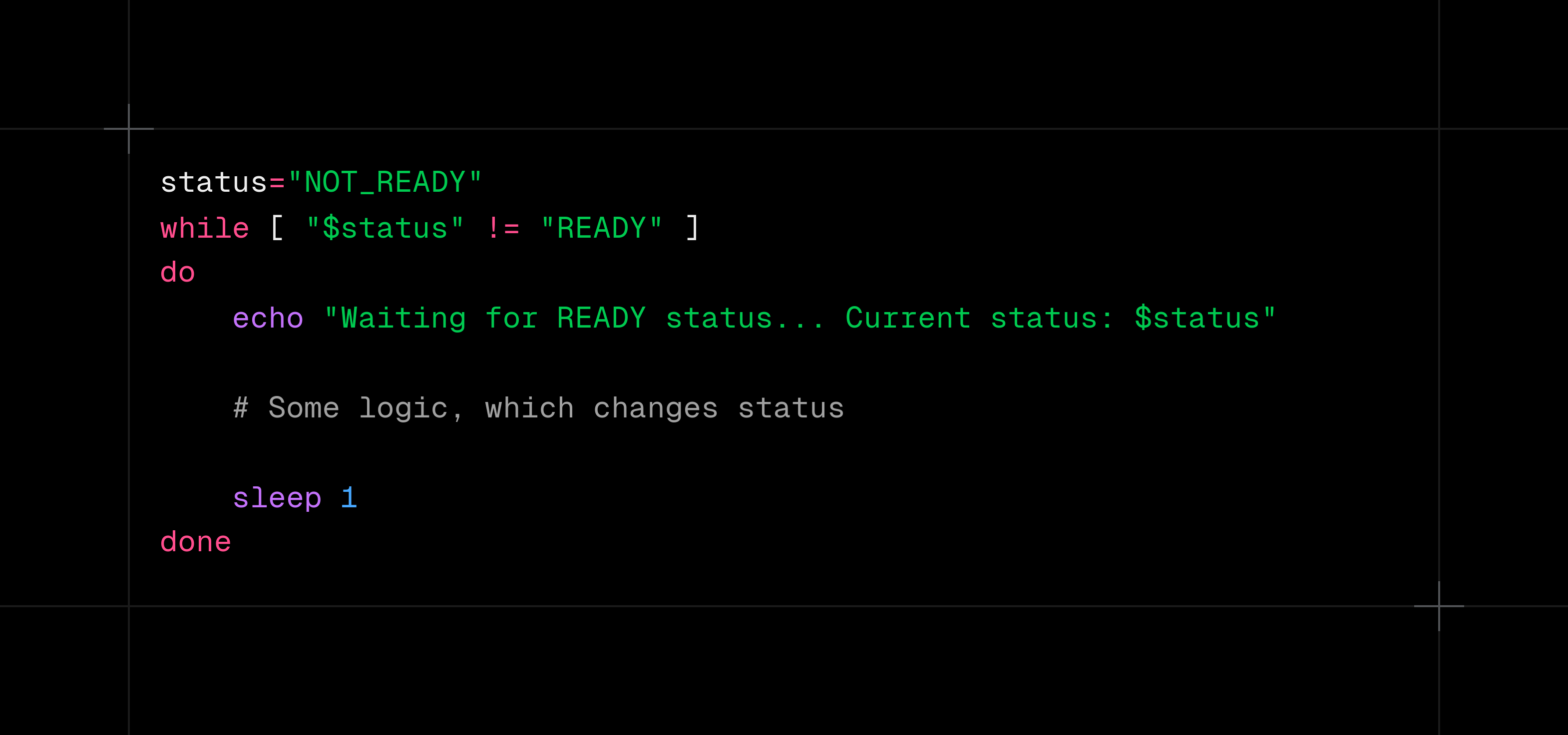
Until
Finally the last loop! Because until loop is very similar to while loop, both loops have the same usages. But remember about two main differences.
-
While loop performs operations contained in it as long as condition is true. Until loop performs operations contained in it as long as condition is false.
-
In while loop, if condition is true from the beggining, loop won't be executed even once. In until loop, if condition is false from the begginig, loop will be executed at least once.
Basic until loop syntax
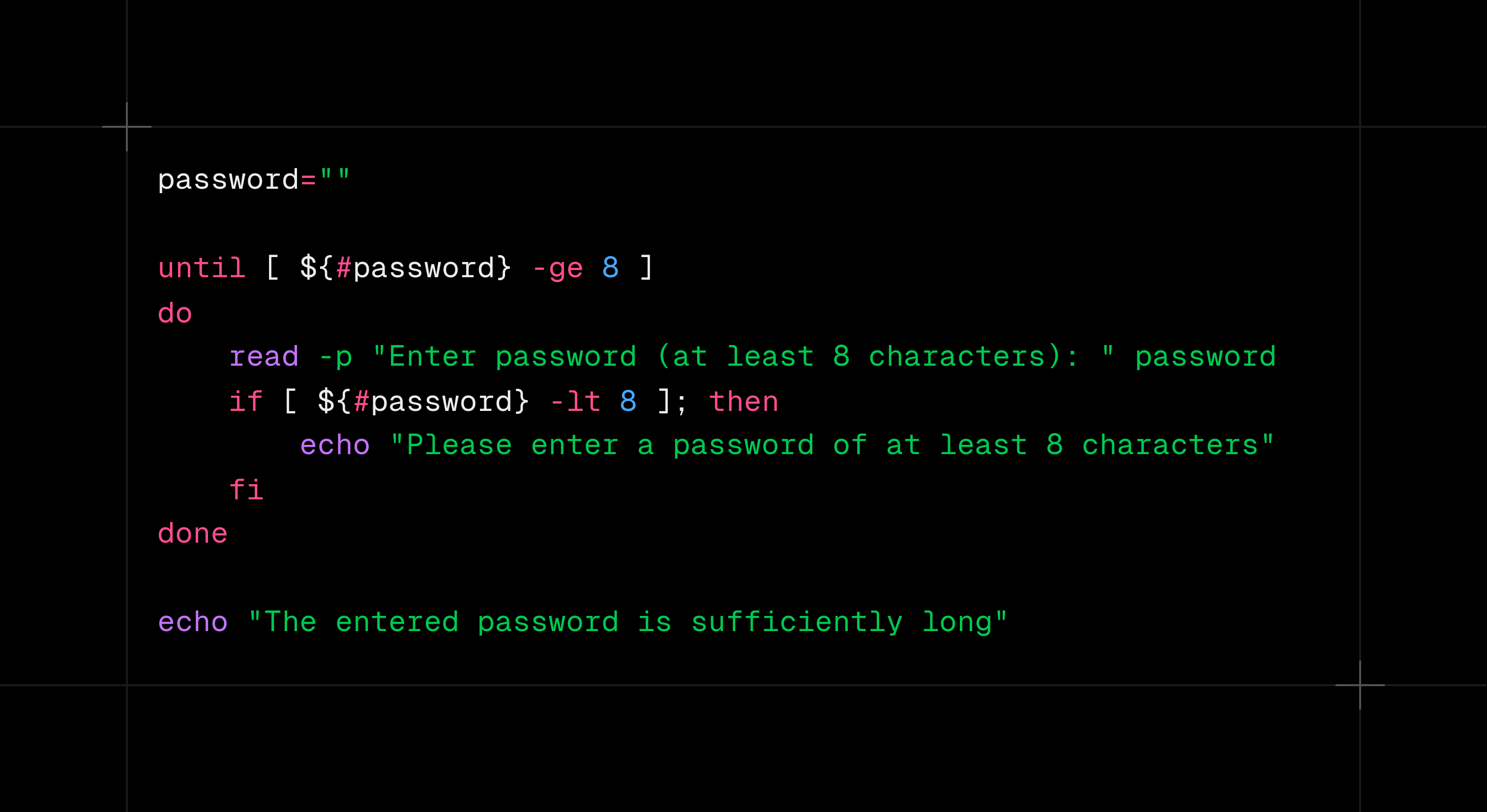
Until loop, which prints numbers from 1 to 5
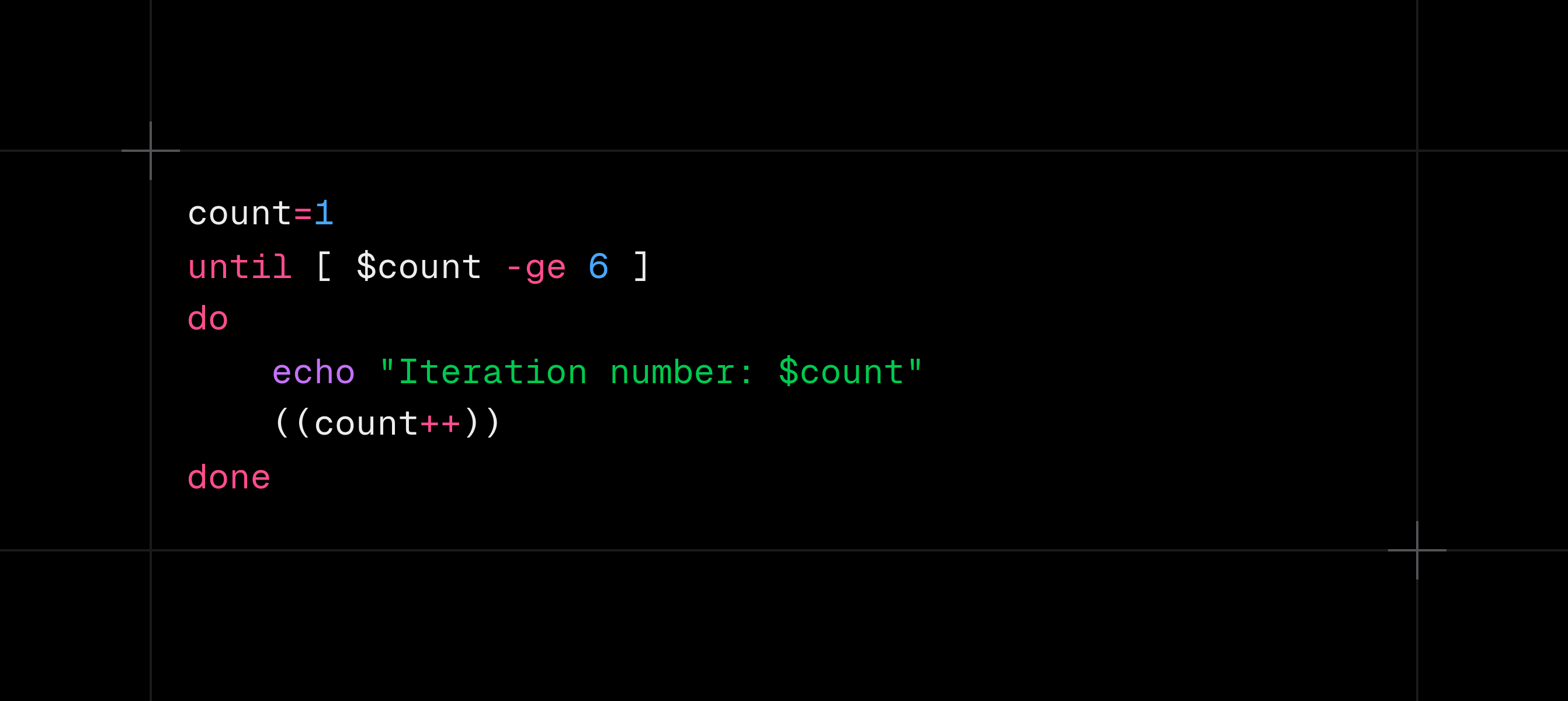
The same example like in while, but in condition instead of -le (less or equals) I used -ge (greater or equals). And for loop is still better in this case.
Until loop, which checks whether entered password is sufficiently long
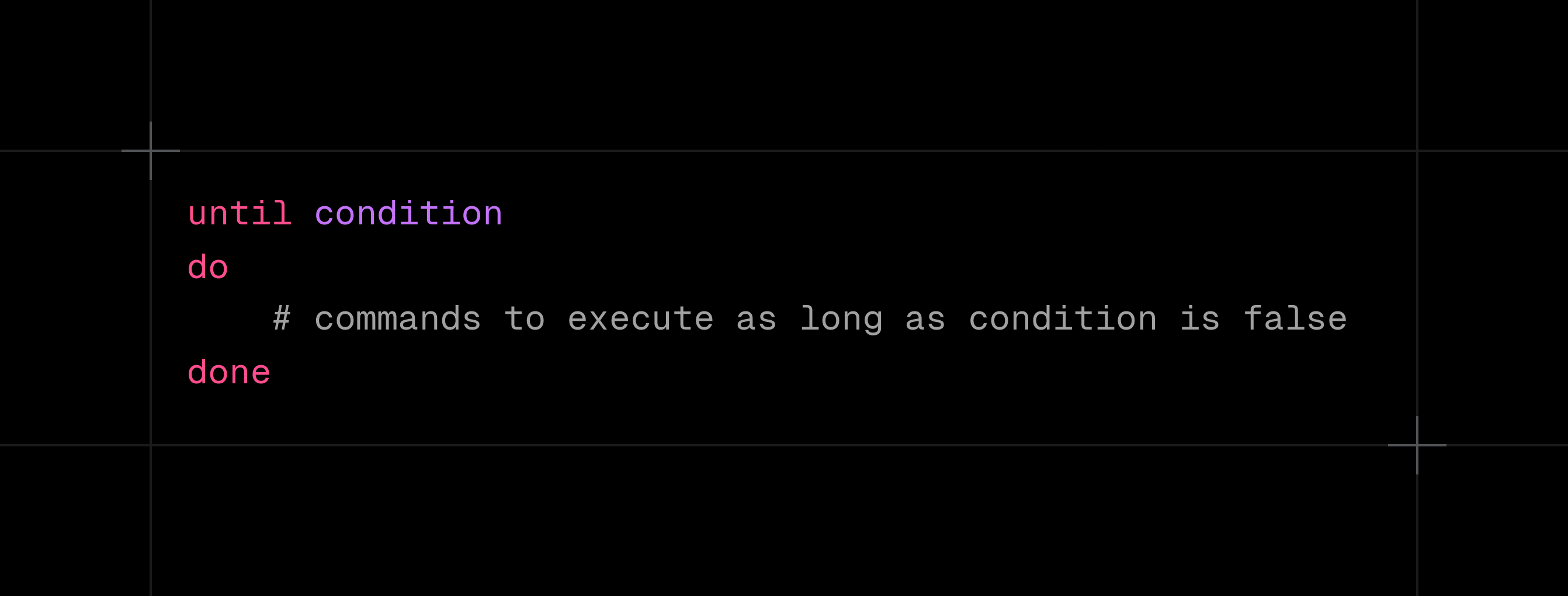
Nested loops
Bash supports nested loops, which means that programmer is able to perform more complex operations. We can nest all three loops, which I presented in this article. You can see example below:
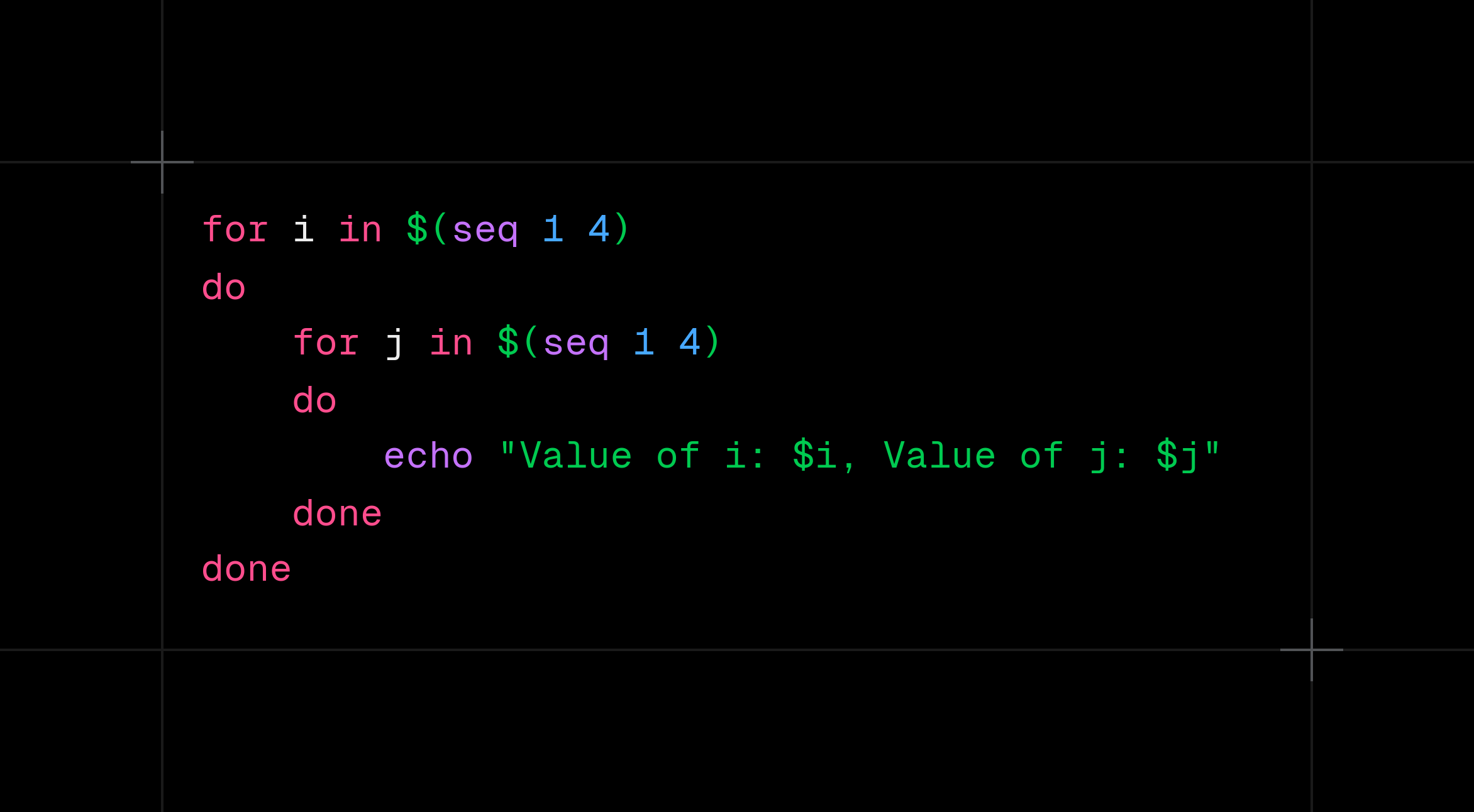
Break and continue
We can interrupt loop in bash with break instruction. It ends loop regardless of whether the loop termination condition is met. Basically break instruction interrupts only this loop, in which we put it, but we can also interrupt more loops in case of nested loops.
Interrupting only nested loop
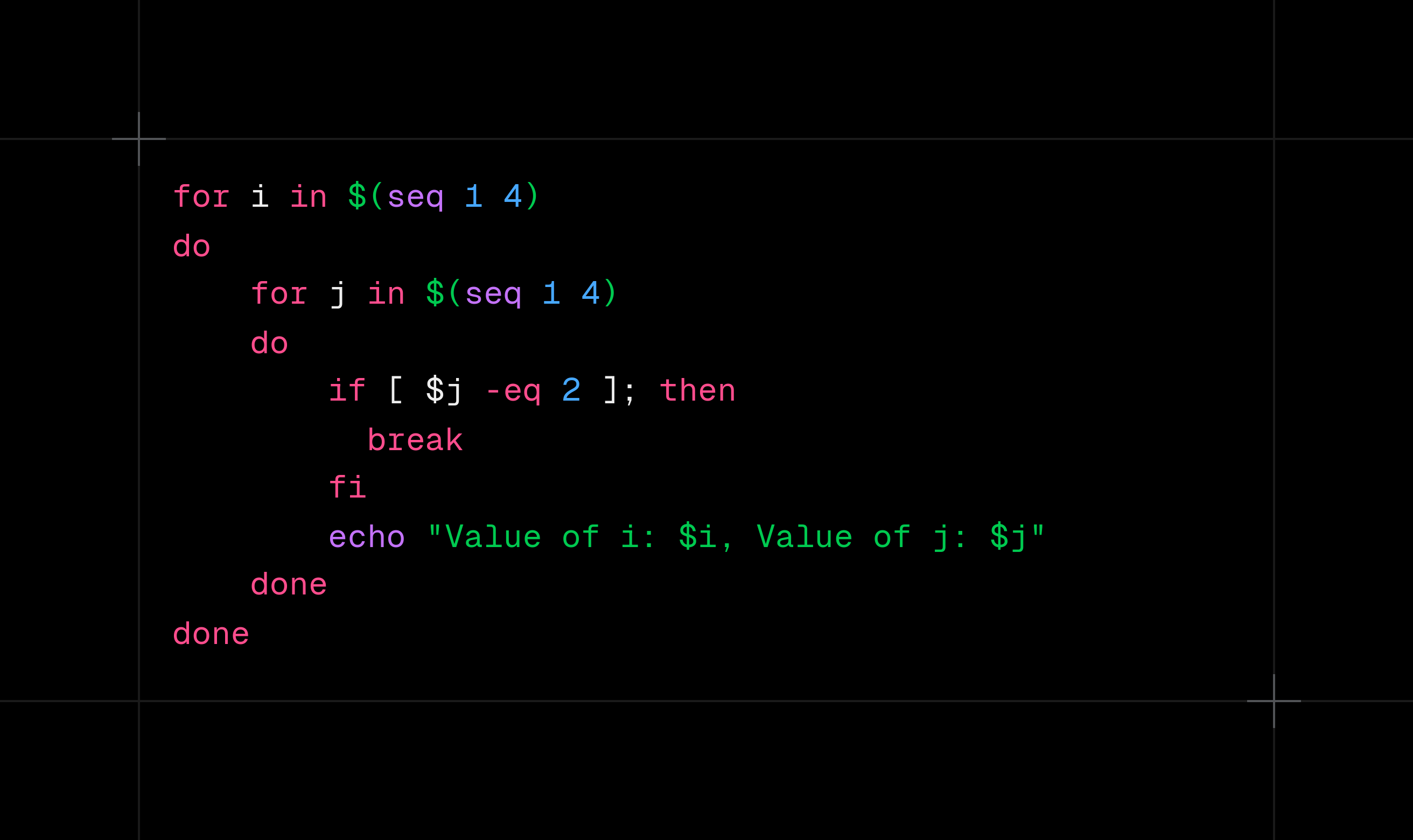
Interrupting both loops
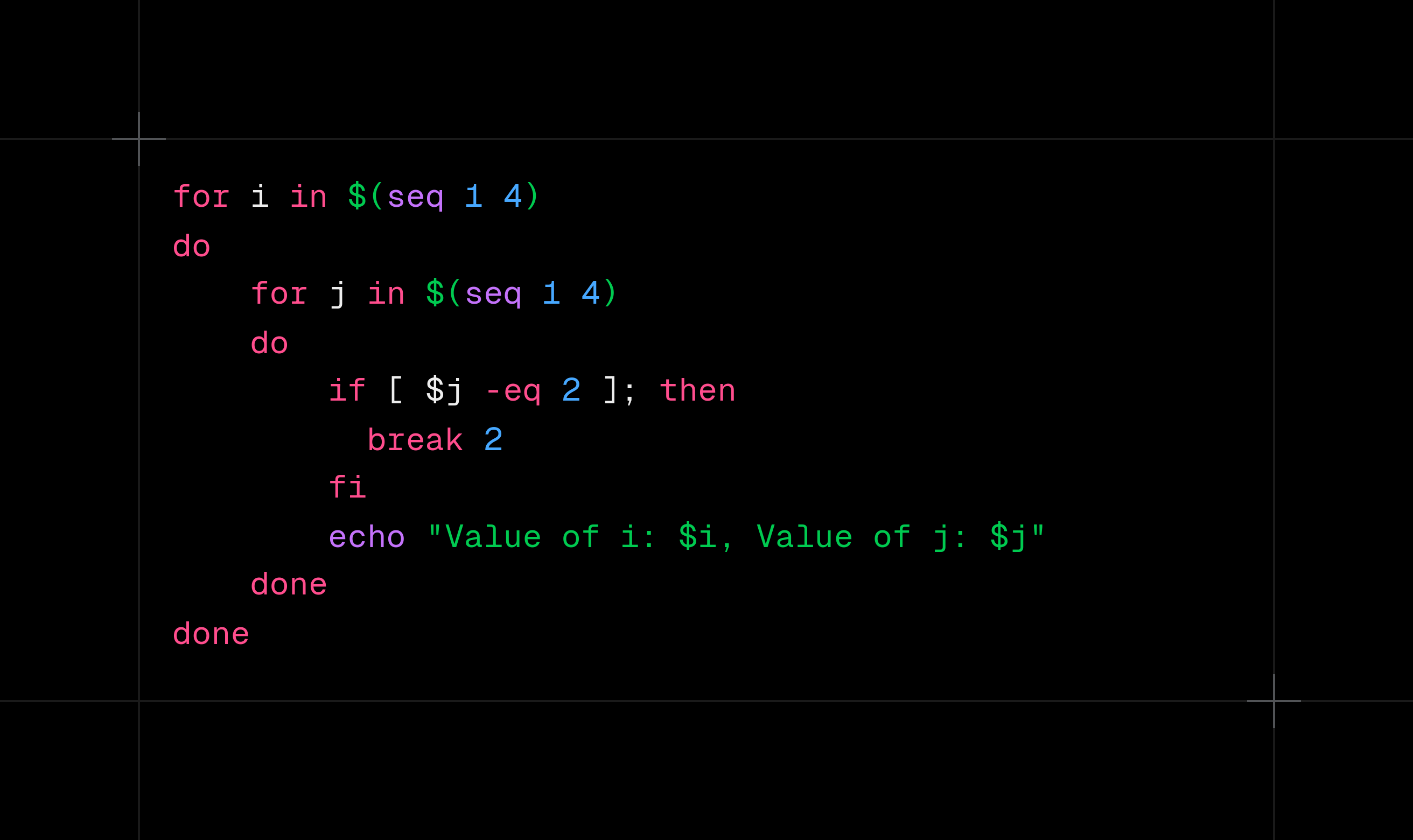
Okay, so what's the difference? After break instruction I simply added digit: 2. And that's all! You can specify number of loops you want to interrupt. When you use only break without number, it is equivalent of break 1.
With continue instruction we can skip current iteration of loop and switch to next. It's the best to show this with example:

With appropriate if statement and continue instruction I skipped all iterations of loops, where j equals 2 or 3.